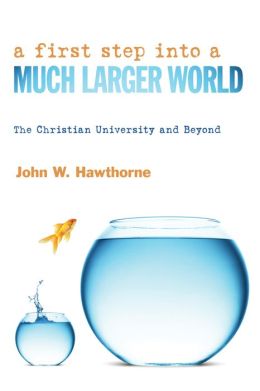Gill, Amarjit, Nahum Biger, Léo–Paul Dana, John D. Obradovich, and Ansari Mohamed. “Financial Institutions and the Taxi–cab Industry: An Exploratory Study in Canada.” International Journal of Entrepreneurship and Small Business 22, no. 3 (January 1, 2014): 326–42. doi:10.1504/IJESB.2014.063779
Abstract: A current challenge taxi–cab owner/operators face in Canada is the lack of financing for taxi–cabs. This article examines business opportunities and lending risk; it also provides risk management strategies for financial institutions to manage the risk of lending to the taxi–cab industry. Members of the boards of directors and shareholders from the Canadian taxi–cab industry, and lenders from financial institutions that do not provide financing to taxi–cab owner/operators, were interviewed. Board members and shareholders were asked about their perceptions regarding business opportunity, risk, and their willingness to provide collateral for taxi–cab loans. Lenders of financial institutions were asked about their reasons for not providing taxi–cab loans. The findings of this study show that there is a reasonably attractive opportunity for financial institutions to offer financing for taxi–cab owner/operators. However, the findings also show that there are both systematic and unsystematic risks in lending to the taxi–cab industry. This offers recommendations on risk management strategies for Canadian lenders to mitigate the risk in lending to the Canadian taxi–cab industry. Our findings may be useful for new and existing financial/lending institutions, lenders, investors, and taxi–cab owner/operators.


